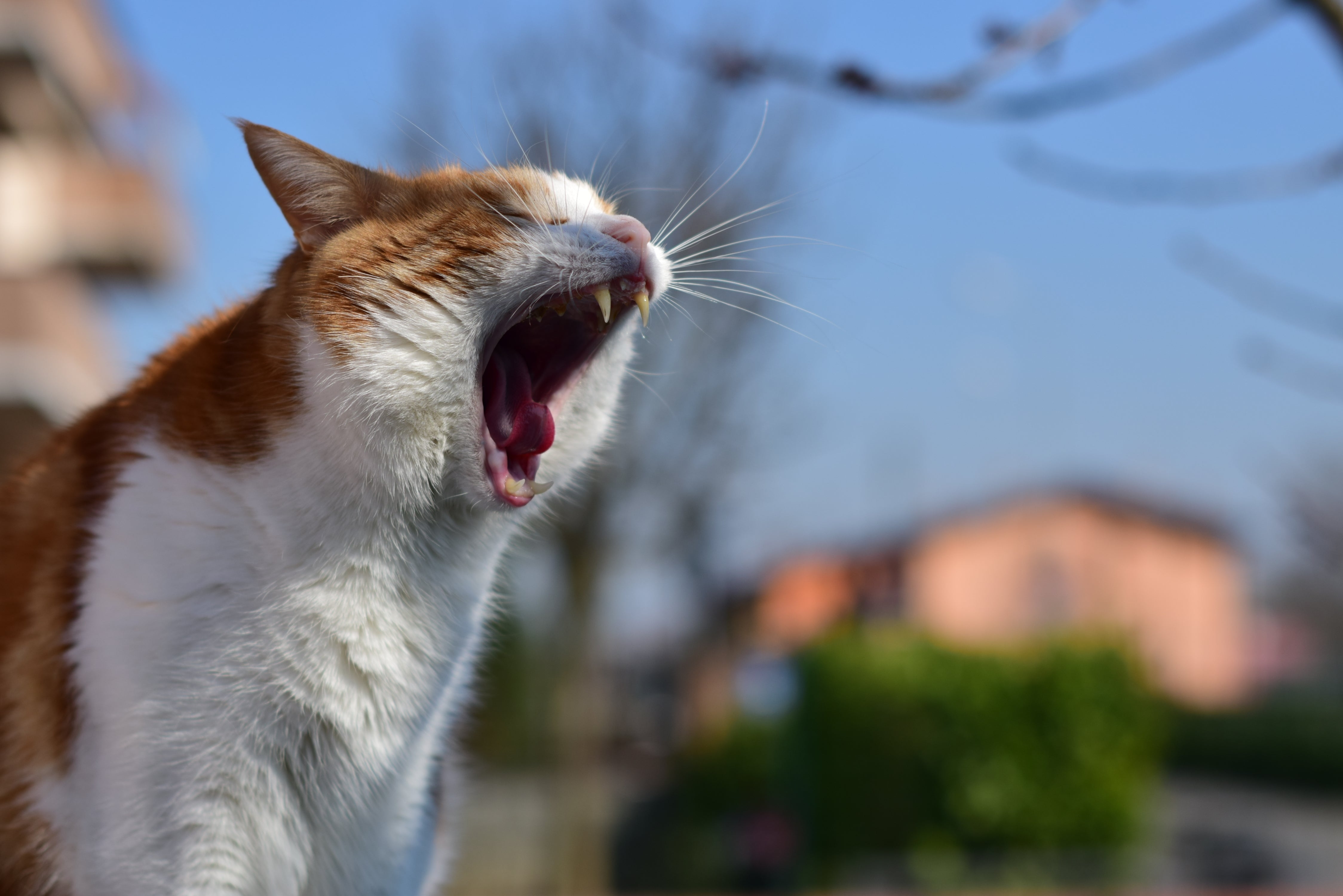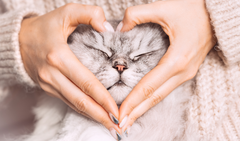The Meaning Behind Cat Sneezing
When a cat sneezes, it’s not always a cause for alarm. Cat sneezes can result from harmless irritation in the nasal passages or signal deeper issues in the respiratory system. Individual sneezes may be attempts to clear foreign objects or foreign material from the nose. However, when sneezing is recurrent, accompanied by nasal discharge or discharge from eyes and nose, or linked to other symptoms such as decreased appetite, it can point to underlying respiratory infections—including upper respiratory or even upper respiratory infections like viral infections, bacterial infections, or fungal infections.
Sneezing functions as the body’s natural defense for clearing the respiratory tract. However, persistent episodes, especially when combined with inflammation, indicate the immune system is actively fighting off invaders. Knowing when sneezing is benign and when it’s a sign of disease—such as feline herpesvirus, feline calicivirus, feline chlamydia, or cat flu disease—is critical for best-practice cat care. We should monitor symptoms and, at any sign of ongoing problems, schedule a veterinary visit.
Environmental Causes of Sneezing
Indoor cats and outdoor explorers alike face environmental irritants that lead to sneezing. Common household challenges include cat litter dust, household cleaning products, cigarette smoke, dust mites, and airborne allergens. Ecological Allergies, triggered by these elements or even food allergies, can inflame the sinus, causing persistent or seasonal sinus irritation. Renovations, new litter box substrates, strong detergents, and moving furniture may introduce irritants into your cat’s living space. Even certain cat litter types can create fine particles that aggravate sensitive noses.
Preventive measures such as using HEPA filters, choosing low-dust cat litter, and aerating rooms can reduce triggers for sneezing. Sometimes, changing to a low-calorie formula or hypoallergenic diet may benefit cats sensitive to dietary elements. Minimizing environmental triggers is integral to respiratory comfort at home.
Upper Respiratory Infections and Sneezing

Upper respiratory infections are a significant source of cat sneezes. These viral illnesses, often caused by feline herpesvirus, feline calicivirus, or feline chlamydia, can be highly contagious in multi-cat homes, shelters, and catteries. Cats suffering from viral infections typically display sneezing, nasal discharge, watery eyes, fever, and sometimes chronic fatigue. Compromised immune systems—whether due to age, illness (Feline Immunodeficiency Virus), or stress—increase susceptibility.
Infections may be complicated by bacterial infection, leading to more severe symptoms and longer recovery. Veterinarians at reputable clinics, like Sunset Animal Hospital, Dix Hills Animal Hospital, Broomfield Veterinary Hospital, or Ponderosa Veterinary Clinic in Colorado Springs, use tools such as nasal swabs, blood work, computerized tomography scans (CT scan), or other diagnostics to uncover the actual cause.
Treatment protocols involve antiviral medications, sometimes antibiotics, antifungal medications, or supportive therapies like steam therapy and saline solutions. Vaccinating pets—including with intranasal vaccines targeting common pathogens—can help limit the risk of cat flu outbreaks. Prompt veterinary care is essential for the best outcomes.
Allergies and Long-term Sneezing
When a cat’s sneezing won’t abate, Environmental Allergies and Food allergies should be considered. Long-term irritation may be due to pollen, mold, dust, or certain food ingredients and is more common in Indoor cats due to continuous exposure to indoor allergens. Repeated exposure can lead to sinus irritation and chronic inflammation of the respiratory tract.
Identifying specific triggers can be difficult and sometimes requires help from a licensed vet through elimination diets or clinical allergy testing. Supporting a cat through allergy episodes often means adjusting the environment, providing clean water, and sometimes using air purifiers or humidifiers. Never medicate your cat without veterinary guidance, as inappropriate drugs are dangerous.
Dental Disease and Sneezing
The intimate connection between mouth and nose means dental disease—including periodontal disease, dental problems, or other dental issues—can cause sneezing. Bacteria from infected teeth may invade the nasal passages, resulting in sneezing, nasal discharge, and discomfort while eating. Severe cases may foster growths and tumors or even penetrate the sinus, necessitating procedures like a nasal flush, nasal wash, or tooth removal. Routine dental care and regular checks at a veterinary clinic prevent such complications. Addressing dental health early guarantees a happier, healthier life with fewer respiratory woes.
When Sneezing Means a Vet Visit
Persistent, severe, or complicated sneezing—especially with bleeding, facial swelling, nasal polyps, symptoms suggestive of BOAS in cats or troubles in brachycephalic breeds—requires a veterinary visit right away. Chronic conditions may be related to Feline asthma, Feline Immunodeficiency Virus, or even growths and tumors. Licensed clinics like Sunset Animal Hospital, Dix Hills Animal Hospital, Broomfield Veterinary Hospital, and Ponderosa Veterinary Clinic offer specialized resources for diagnostics like CT scans, blood work, and advanced treatments.
Depending on the findings, vets might prescribe antiviral medications, antifungal medications, or even deworming medication. Procedures might include a nasal flush or imaging if nasal polyps, tumors, or foreign objects are suspected. Early intervention is key—never hesitate to ask for professional input.
Home Care and Prevention for Sneezing Cats

Home care centers around minimizing triggers and supporting the immune system. Limit the use of strong household cleaning products and keep your cat’s space free of dust and cigarette smoke. Regular cleaning of litter boxes with unscented products and choosing low-dust cat litter are simple but effective changes. For cats in recovery, therapies like steam therapy or saline solutions can alleviate sinus irritation and help clear nasal passages.
Ongoing veterinary care, regular dental cleanings, routine preventive screening, and up-to-date vaccinations (including intranasal vaccines) should be part of every cat’s health plan. Watch for red flags such as reverse sneezing, unusually persistent nasal discharge, or loss of appetite, and seek professional advice at the first sign. Through vigilant observation and collaboration with licensed vets, we safeguard our pets’ well-being—for a healthy, happy, sneeze-free life.




















